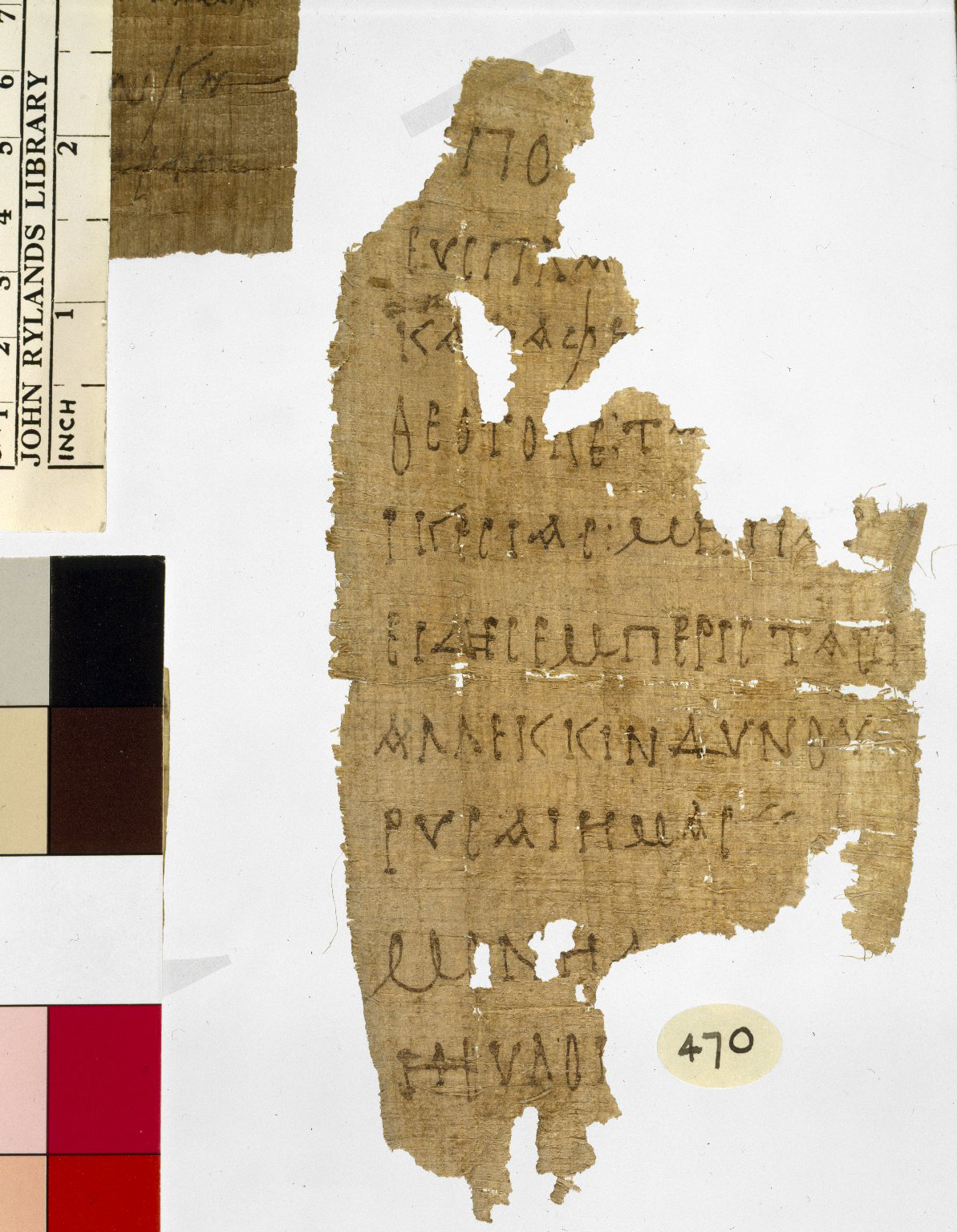The “Sub tuum praesidium” was originally used in an ancient Coptic liturgy
Lenten Campaign 2025
This content is free of charge, as are all our articles.
Support us with a donation that is tax-deductible and enable us to continue to reach millions of readers.
Pope Francis has asked us all to unite at the People of God and pray three specific prayers during this month of October, asking God to protect the Church from the devil.
One of those prayers — the “We fly to thy protection” — is the oldest known Marian prayer, and it traces back to Egypt.
With the pope’s request, the Vatican released this translation of the prayer:
We fly to Thy protection, O Holy Mother of God. Do not despise our petitions in our necessities, but deliver us always from all dangers, O Glorious and Blessed Virgin
The oldest known Marian prayer is found on an ancient Egyptian papyrus dating from around the year 250. Today known in the Church as the Sub tuum praesidium, the prayer is believed to have been part of the Coptic Vespers liturgy during the Christmas season.


The original prayer was written in Greek and according to Roseanne Sullivan, “The prayer is addressed to Our Lady using the Greek word Θεοτόκος, which is an adjectival form of Θεοφόρος (Theotokos, or God-bearer) and is more properly translated as ‘she whose offspring is God.'” This helps to prove that the early Christians were already familiar with the word “Theotokos” well before the Third Ecumenical Council at Ephesus ratified its usage.
Below can be found the original Greek text from the papyrus, along with an English translation as listed on the New Liturgical Movement website:
| On the papyrus, we can read: .ΠΟ ΕΥCΠΑ ΚΑΤΑΦΕ ΘΕΟΤΟΚΕΤ ΙΚΕCΙΑCΜΗΠΑ ΕΙΔΗCΕΜΠΕΡΙCTAC AΛΛΕΚΚΙΝΔΥΝΟΥ …ΡΥCΑΙΗΜΑC MONH …HEΥΛΟΓ | And an English translation could be: Under your mercy we take refuge, Mother of God! Our prayers, do not despise in necessities, but from the danger deliver us, only pure, only blessed. |
A common translation is:
Beneath your compassion,
We take refuge, O Mother of God:
do not despise our petitions in time of trouble:
but rescue us from dangers,
only pure, only blessed one.
Several centuries later a Latin prayer was developed and is more widely known in the Roman Catholic Church:
| Latin Text Sub tuum praesidium confugimus, Sancta Dei Genetrix. Nostras deprecationes ne despicias in necessitatibus nostris, sed a periculis cunctis libera nos semper, Virgo gloriosa et benedicta | English Text We fly to Thy protection, O Holy Mother of God; Do not despise our petitions in our necessities, but deliver us always from all dangers, O Glorious and Blessed Virgin. Amen. |
The prayer is currently part of the Byzantine, Roman and Ambrosian rites in the Catholic Church and is used specifically as a Marian antiphon after the conclusion of Compline outside of Lent (in the older form of the Roman breviary). It is also a common prayer that has stood the test of time and is a favorite of many Christians, and is the root of the popular devotional prayer, the Memorare.








